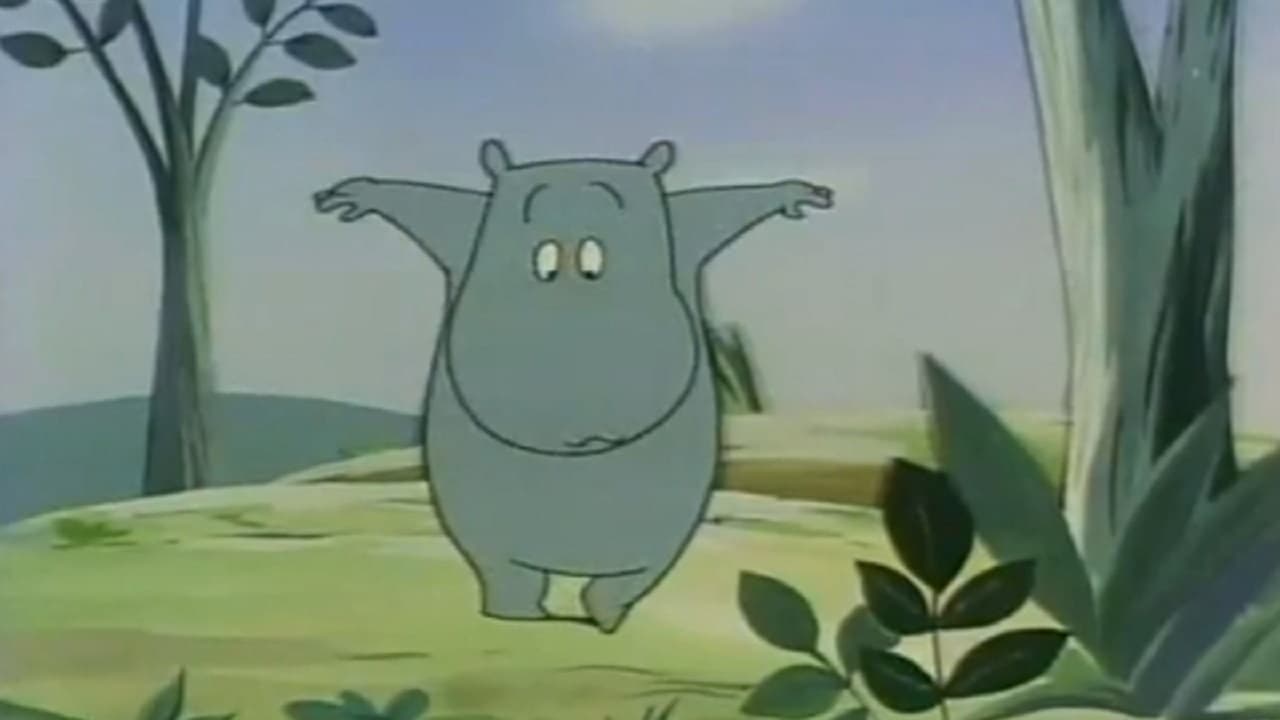

Fuji TV
Featured Show:
Moomin
Moomin is a Japanese anime series broadcast on the Fuji Television Network between 1969 and 1970. It is loosely based on the Moomin books by the Finnish author Tove Jansson.
Fuji TV TV Shows
1163 shows • Page 56 of 59
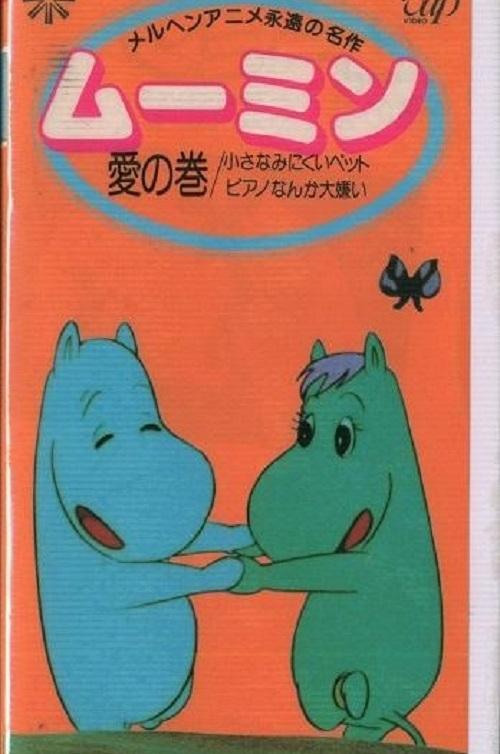
Moomin
Moomin is a Japanese anime series broadcast on the Fuji Television Network between 1969 and 1970. It is loosely based on the Moomin books by the Finnish author Tove Jansson.
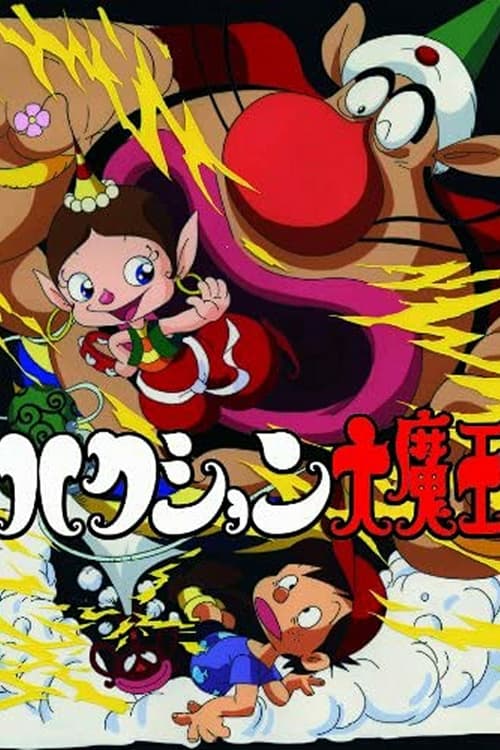
The Genie Family
An old bottle has found its way into the household of a modern family, which consists of a boy named Kan and his parents. A genie, Hakushon, and his daughter, Akubi, reside inside it. When Kan finds the bottle, he discovers that a sneeze summons Hakushon and he must grant the wish of whoever sneezed, while a yawn summons Akubi and she must do the same for whoever yawned. Getting wishes granted by either genie may not be a good thing, for Hakushon messes them up due to his own extreme clumsiness, while the more capable Akubi likes to cause mischief by twisting their words and meanings so that something bad happens.

Dororo and Hyakkimaru
Hyakkimaru is a young man who lacks 48 body parts because they were taken from him by demons before birth, as payment by his father, Kagemitsu Daigo, to obtain his wish to take over the country. When the baby boy was born he was missing 48 parts of his body, and thus was abandoned—thrown into a river. Hyakkimaru has grown up and now has obtained fake body parts so he can eliminate the 48 demons that were made from his body, and to retrieve his missing parts. Along for the adventure is the boy thief, Dororo, with whom he becomes friends.
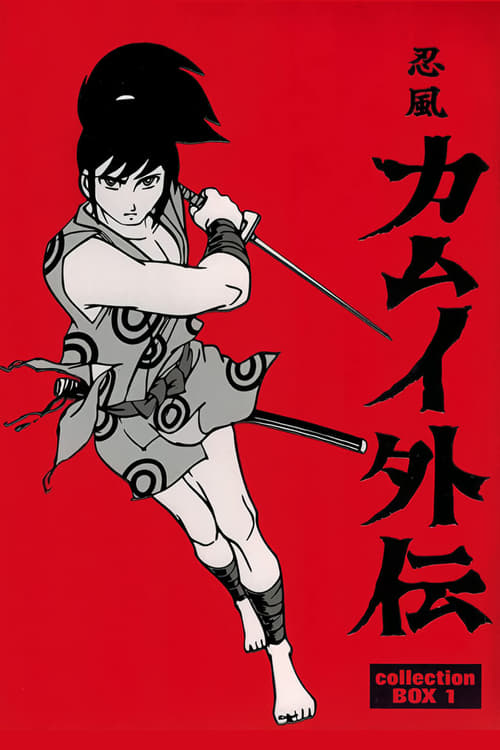
Kamui the Ninja: Stories Other Than the Legend
Kamui the Ninja: Stories Other Than the Legend is a shōnen anime produced by Tele-Cartoon Japan in 1969. It was broadcast in Japan from 6 April 1969 to 28 September 1969 by Fuji TV. Kamui the Ninja had 26 episodes with a running time of 22 minutes each one. The series was based on the manga The Legend of Kamui by Sanpei Shirato.
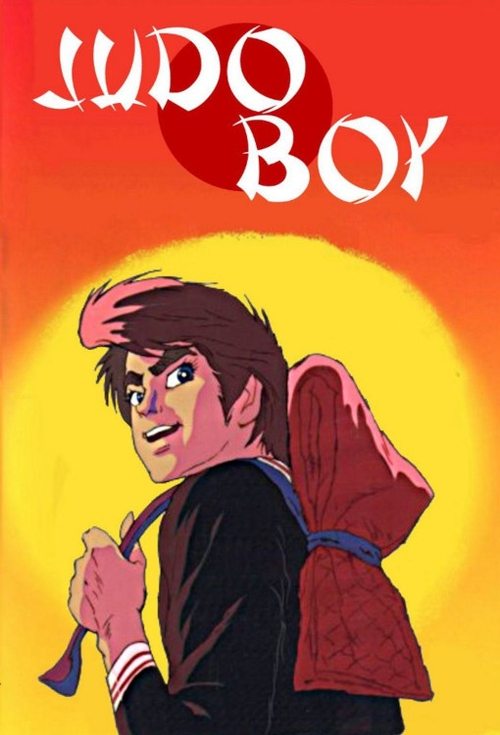
Judo Boy
Sanshiro, a teenage martial artist, trains in the Kurenai School of Jiujitsu and searches for his father's killer. Accompanying Sanshiro is an orphaned boy named Kenbo and his pet dog Boke. Sanshiro's only clue to his father's murderer is a glass eye left on the scene of the crime, suggesting that his father's murderer was one-eyed.
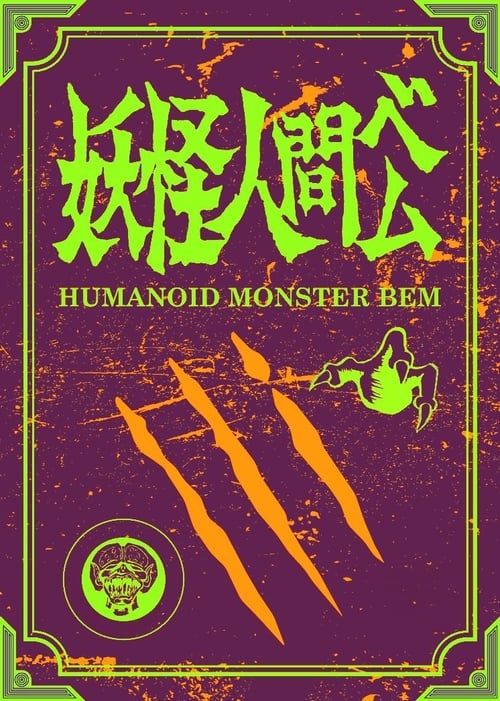
Humanoid Monster Bem
The plot of the series revolves around three yokai (supernatural creatures), Bem, Bela and Belo, who arrive at a large coastal city and come across an evil atmosphere, which was brought about by immoral behavior by humans and mischief caused by monsters and yokai. They therefore decide to stay in the city, fighting against other monsters and yokai which attack humans, making a few friends along the way. Even though the three yokai are often abused and discriminated against by other human beings due to their appearance, they still strive in protecting the human populace of the city from other monsters, one day hoping to become human beings in return for their good actions.
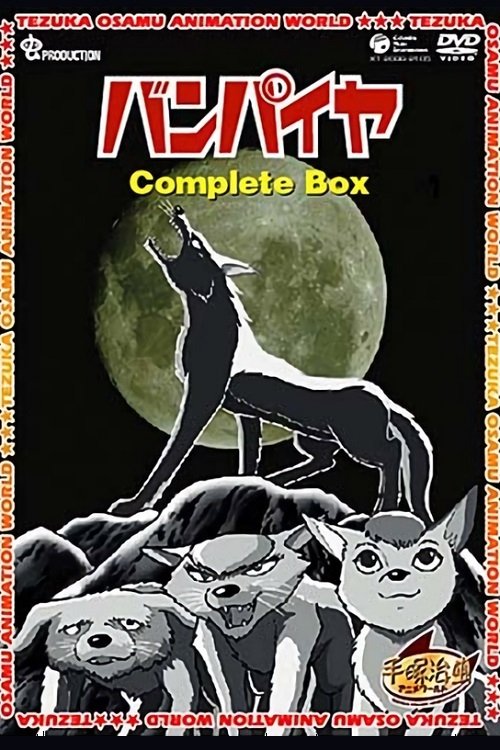 0
0Vampires
Based on the Osamu Tezuka manga
 0
0Ooku
The Ooku of Edo Castle was a mysterious existence that could not be seen from the outside for 300 years in Tokugawa. Love and hate, and fierce power struggles were fought among the women day and night.
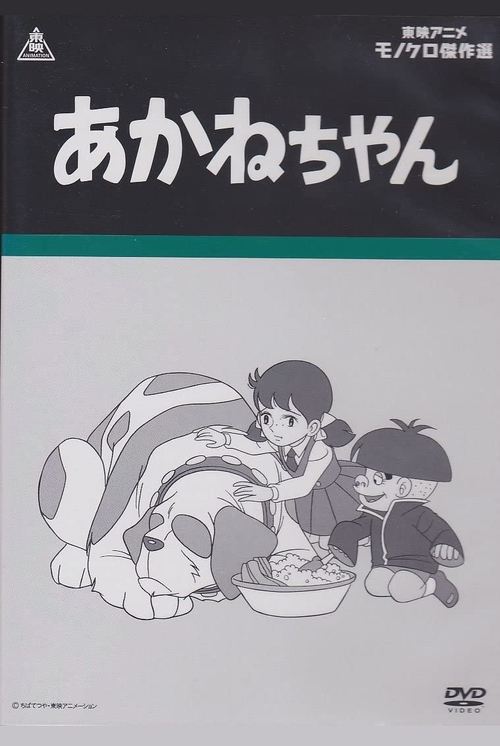 0
0Akane-chan
When country girl Akane moves to Tokyo and enters a prestigious school, she is full of vitality and everyone likes her. Even the rich and arrogant Hidemarou likes her too. With everyones help, she solves problems that come their way.
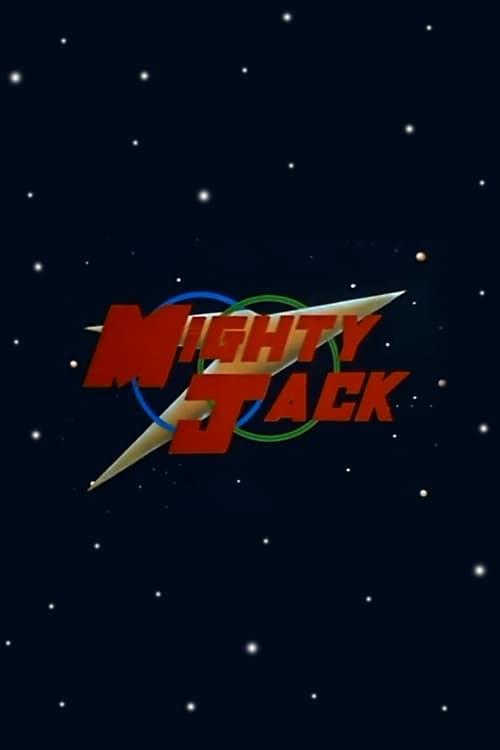
Mighty Jack
Mighty Jack was a tokusatsu SF/espionage/action TV series. Created by Japanese effects wizard Eiji Tsuburaya, the show was produced by Tsuburaya Productions and was broadcast on Fuji TV from April 6, 1968 to June 29, 1968, with a total of 13 one-hour episodes. The music for the episodes was done by Isao Tomita and Kunio Miyauchi. Reportedly, Eiji Tsuburaya considered this series his masterwork because the focus was on the people rather than on the vehicles and special effects This focus on the people was similar to the works of Gerry Anderson, of which Eiji was a big fan. The Mighty Jack mecha/HQ featured in this series also has some similarities to Eiji's previous TV masterpiece, Ultra Seven. Even for the original series of 13 one hour-long episodes, the ratings were low. The follow-up series, Fight! Mighty Jack, fared better in the ratings, perhaps because of its inclusion of monsters and aliens rather than purely human evil-doers like Q.
 0
0Animal 1
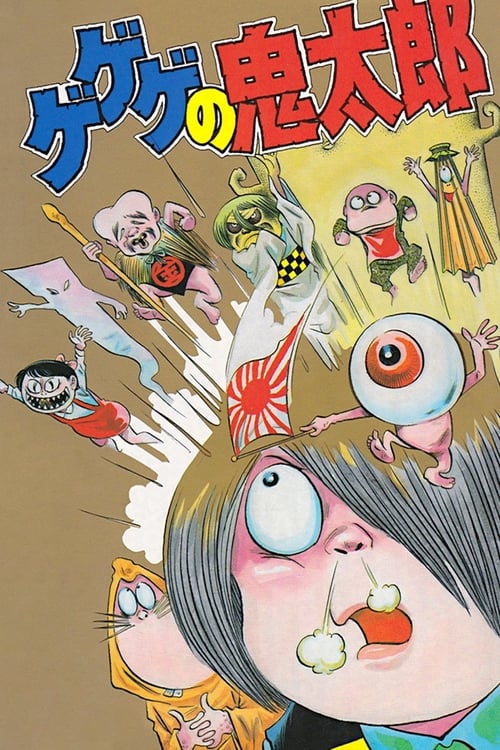
Cackling Kitarou
Kitarou, a ghost, spends his afterlife helping humans in need of his skills. He thwarts the plans of evil spirits who live to torment humanity.
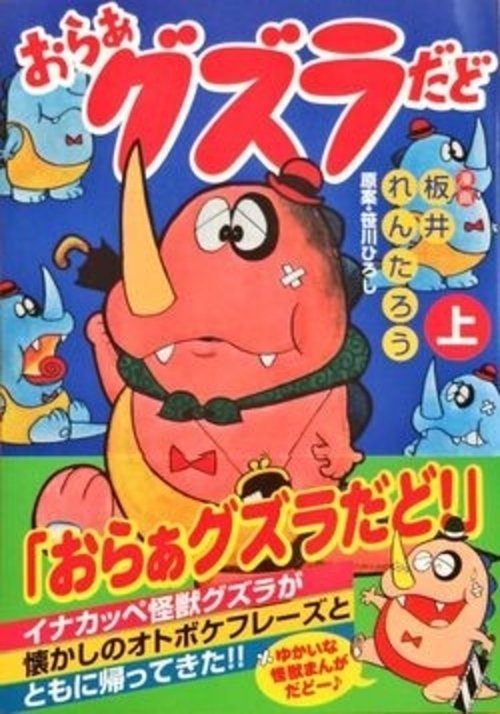
Oraa Guzura Dado
Oraa Guzura Dado is a 52-episode comedy anime series directed by Hiroshi Sasagawa and produced by Tatsunoko Pro. It aired on Fuji TV between 7 October 1967 and 25 September 1968. The anime was remade into a 44-episode series also directed by Sasagawa. The remake aired on TV Tokyo between October 12, 1987 and September 30, 1988.
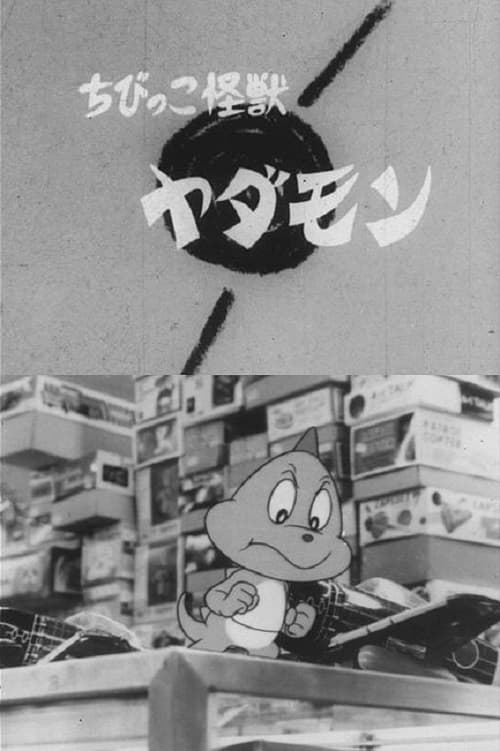 0
0Chibikko Kaiju Yadamon
Chibikko Kaiju Yadamon is a Japanese black and white anime series created by Ushio Souji, an alias of Tomio Sagisu. Yadamon is also famous for its manga adaptation, which was the second professional work of Go Nagai.
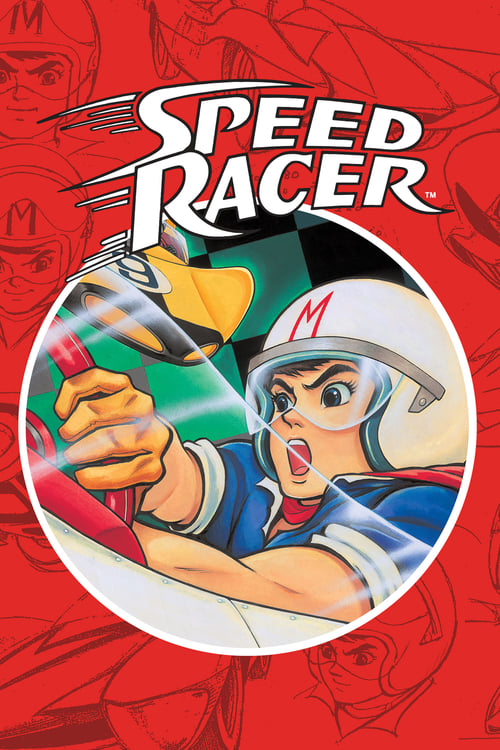
Speed Racer
Teenager Speed Racer aspires to be the world's best race-car champion with the help of his friends, family and his father's high-tech race-car, the Mach 5.
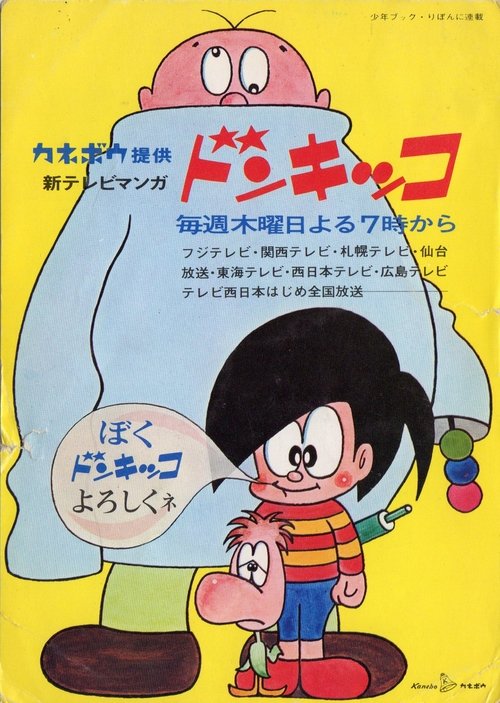 0
0Don Quijote
A comedy about the mischievous adventures of a young boy.
 0
0ゴメスの名はゴメス
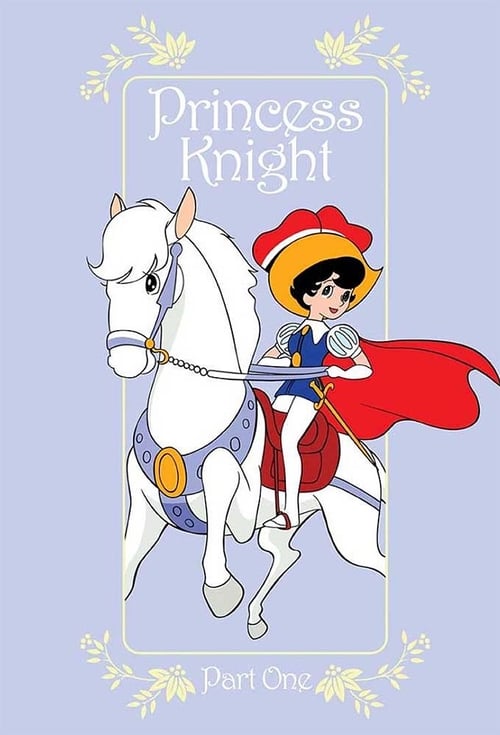
Princess Knight
Princess Sapphire is a girl raised as a Prince. Through the mischief of an angel, the princess is born with both a girl's and a boy's heart. Since there is no boy successor in her kingdom, Sapphire is raised as a boy, but evil ministers try to reveal her secret. Unable to put up with the kind of vicious conduct prevailing in the kingdom, Sapphire disguises herself as "Princess Knight" and wields her sword of justice.

Goku's Adventure
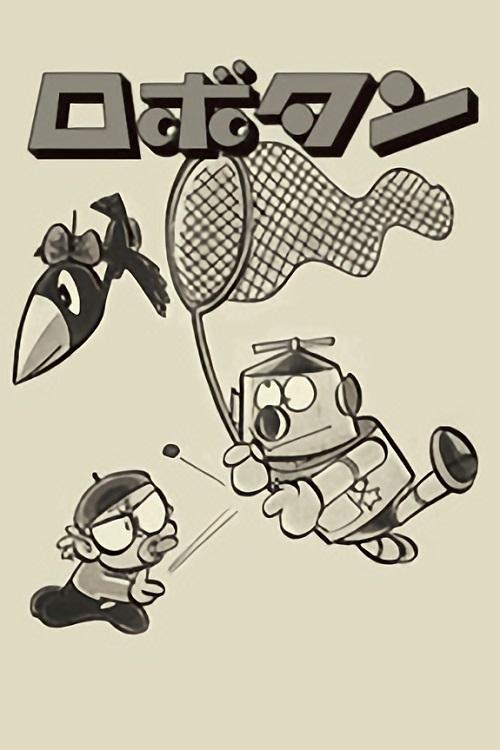 0
0